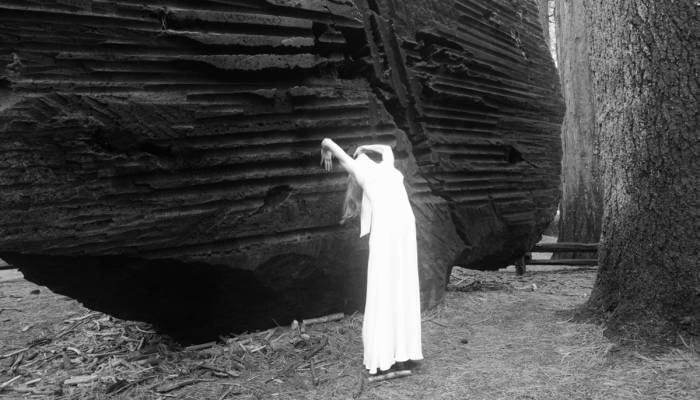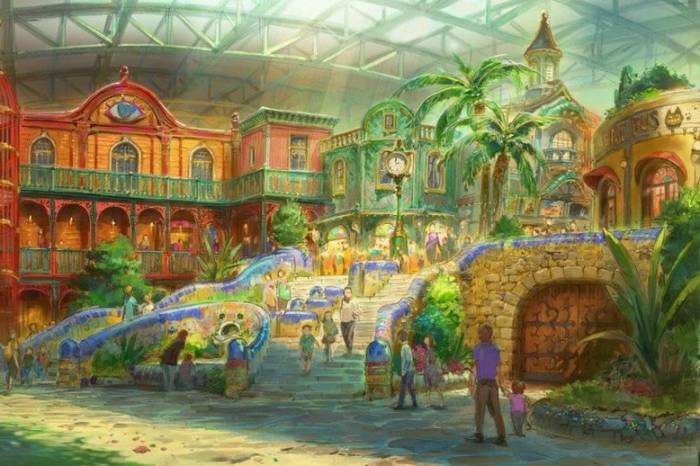6 Islands in Literature and Why Writers Still Treasure Them
Scenarios endowed with a singular magic, it’s not difficult to guess why islands are among the most recurrent destinations in literature.
“Islands which have never existed have made their ways onto maps nonetheless…” wrote the Australian poet, Nicholas Hasluck. This is especially true in literature, where these dots of land have inspired the human imagination for millennia. In our constant struggle to conquer, outline and possess the universe we inhabit, the quality of these miniature continents seems to comfort us. They allow us the illusion of possession, to confront our demons (who manifest themselves in solitude and isolation), and to perfectly contain perhaps any narrative.
Miniature universes, bridges between the real world and the fantastic, islands are the perfect places for fiction and for mythology. In some works, such territory functions not simply as a scenario, but as characters in and of themselves and even as literary resources. An extensive library of such books might even be built to contain this eccentric species of literary genre.
Islands have been utopias because they’re isolated from human vice. They’re also terrifying places, home to both the unknown and the savage. Like literature’s gardens, literary islands are places with their own rules. They appear and disappear, float on the sea like ships, or provide homes to mythical worlds which, like Atlantis or Avalon, are otherwise lost in time.

As our own world shrinks and remote islands disappear, what had been terra incognita - distant prisons or the resting places of shipwrecks – today represent rare treasures, the solitude, purity, and silence of which cannot but represent an earthly paradise. As valuable as islands are in the real world, they are likewise in fiction.
These are six islands of literature that provide both setting and character for the narratives contained within them.
Ithaca
Among the countless islands Odysseus visits during his long journey home, Ithaca is the island home of the nymph, Calypso, and the beautiful sorceress Circe. It’s also the island of the Lotus-eaters, the Cyclopes, and the giant Laestrygonians, among others. Ithaca, their island-home, is a symbol, thus, of love and origins.
Utopia
Like the other utopian territories of its time (the Age of Discovery), Thomas Moore’s is an island upon which the great vices of the old world have been overcome. An egalitarian society which celebrates religious freedom and condemns private property, Utopia still stands out in the catalog of fictitious islands as a jewel representing all that we should be.
The Island of Caliban
The Tempest, Shakespeare’s last work, takes place on a beautiful tropical island, possibly inspired by Bermuda, and home to the savage, Caliban. When his ship wrecks, marooning him on the island, Prospero, who is the Duke of Milan and a sorcerer expelled from his kingdom by his treacherous brother, enslaves the island’s original owner. He uses the island as a base for performing the magic that will carry out his revenge. The island represents two opposites: the wild and uncivilized, and the beauty of the natural.
Robinson Crusoe Island
The island on which Robinson Crusoe spends years after his own tragic shipwreck (another overseas utopia) is a meeting point between unknown civilizations. It’s also the space in which Crusoe, through his work, skill, and intelligence, will survive loneliness and isolation. This island is thus a tribute to the human intellect and, at the same time, a justification for European colonial discourse.
Treasure Island
The story of pirates and treasure buried in the sand, Robert Louis Stevenson’s novel laid the foundation for the archetype of the Caribbean pirate island – beautiful, exotic, and profoundly wild – subsequent writers replicated it for decades thereafter. The mere presence of treasure endowed the remote island with its dazzling significance.
Pala
The setting for Aldous Huxley’s novel Island, Pala is a paradise of science and religion. It’s a space in which mysticism, psychedelia, and ecology confront one another. The island (where animals speak) is also home to a utopian society in which the best of the East and West come together and where science is a tool for the discovery of spiritual truths.
*Images: 1) The Society Islands, Bora Bora, 1849 / Public Domain; 2) Map of “Insel Felsenburg” (Felsenburg island) by Johann Gottfried Schnabel, 1731.
Related Articles
When ancient rituals became religion
The emergence of religions irreversibly changed the history of humanity. It’s therefore essential to ask when and how did ancient peoples’ rituals become organized systems of thought, each with their
Larung Gar, the valley that is home to thousands of Buddhist monks
If we think about the monastic life it is very probable that we think about solitude, seclusion, silence and a few other qualities whose common denominator is the appropriate isolation for mediation
Dialogue with the Dalai Lama on science and spirituality
The Dalai Lama has been interested in science since he was a child. Over the years he’s visited many laboratories and has attended conferences that discuss consciousness from the scientific point of
A New Year's resolution for the earth
Worrisome quantities of waste are generated by human populations. Especially in cities, these have reached unprecedented and alarming levels. A largely uncontrolled practice, it affects everything on
The Dark Mountain Project: or how literature can confront ecocide
One impulse from a vernal wood May teach you more of man, Of moral evil and of good, Than all the sages can. Wordsworth, “The Tables Turned” (fragment) Words are elementary. The only reason we can
Are there no women in the history of philosophy?
Do only men philosophize? This could sound like a silly question, but if we quickly review the names of philosophers, from Aristotle to Slavoj Žižek, it would appear to be an exercise that is
Things that are about to disappear: photography as environmental conservation
Cristina Mittermeier is the founder of the International League of Conservationist Photography (iLCP), and is at the front of a modern movement to use photography with environmental purposes. Her work
Architecture And Music; An Affair That Acts On The Matter
A composition is like a house you can walk around in. — John Cage Perhaps music, more than the art of sound, is the art of time. That’s why its communion with space, and architecture, is so often so
Psycho-geography (On The Ritual Casting of a City)
Mrs. Dalloway walked down the streets of London guided by an “internal tide” that made her stop somewhere, enter a store, turn at the corner and continue her journey, as if she were adrift. La dérive
A Theme Park Inspired by Hayao Miyazaki is About to Open …
One of animation’s most spectacular exponents, Hayao Miyazaki, is the artist who transformed the direction of traditional animation forever.










